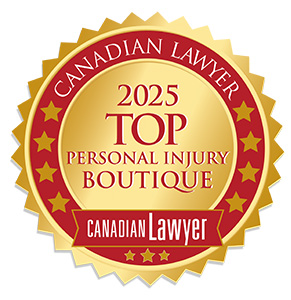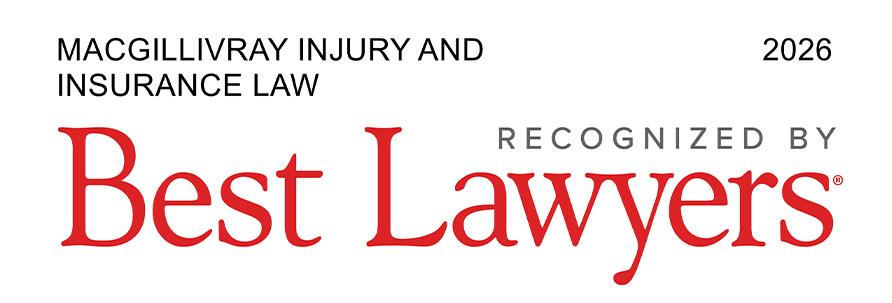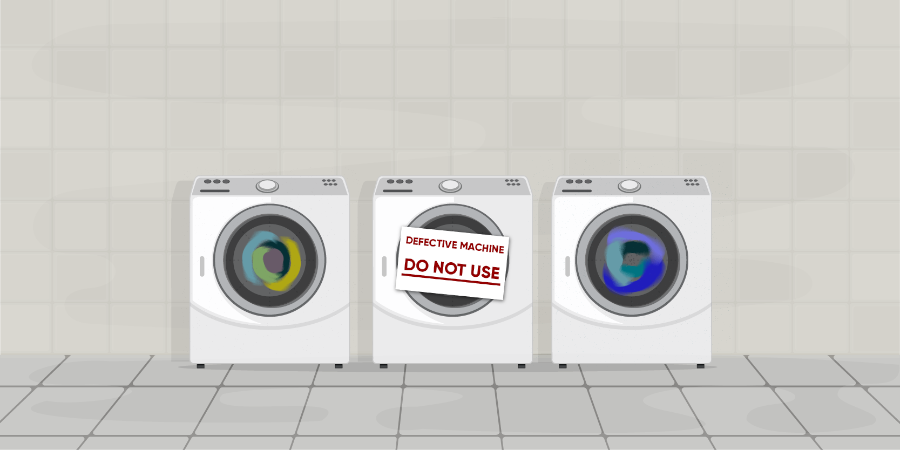




What is product liability?
Product liability is a legal concept grounded in both tort and contract and refers to the duties placed on companies to ensure that products are reasonably safe for consumers to use. Product liability holds manufacturers, distributors, and/or sellers responsible for injuries or damages caused by their defective products or failures to abide by certain legal requirements.
Product liability claims often arise from:
- Pharmaceuticals
- Medical devices
- Vehicles
- Children’s toys and products
- Tools
- Appliances and electronics
- Personal care products
Who is responsible for defective products?
Potentially every entity in the chain can be subject to liability, including distributors, manufacturers and retailers. In general, manufacturers will be held to different standards than distributors and suppliers.
Manufacturers typically have no direct contractual relationship with consumers and their liability arises from tort or legislation. Manufacturers have several duties of care in relation to product liability, namely:
- to see that there are no defects in manufacture that are likely to give rise to injury in the ordinary course of use;
- to warn consumers of dangers inherent in the use of the product of which the manufacturer has knowledge or ought to have knowledge;
- to avoid safety risks in designing the product to make sure the product is reasonably safe for its intended purpose;
- to compensate consumers for the cost of repairing a dangerous product that presents a real and substantial danger to the public. Price v Smith & Wesson Corp., 2021 ONSC 1114 (CanLII).
In contrast, a seller or retailer is typically found liable through their contractual relationship with a consumer and pursuant to Consumer Protection Acts or Sale of Goods Acts. Sellers have also been found liable where they sell a product to a consumer who they knew or ought to have known intended to use the product in an improper or inappropriate manner.
Although claimants are not required to point to the exact person in the chain who was responsible or to specify what they did wrong, they should still identify the party or parties at fault. Notwithstanding, it is important and sometimes difficult to ascertain the correct parties to a lawsuit. For example, oftentimes parent and subsidiary corporations need to be examined in order to join all potentially liable parties. In Stekel v Toyota Canada Inc., 2011 ONSC 6507, Toyota Canada argued that it was only the distributor and not the manufacturer. The plaintiff was ultimately allowed to add the manufacturer parent company, Toyota Motor Co. after the limitation period on the basis that there was no prejudice to the parent company.
The lawyers at MacGillivray Law can assess your case to ascertain the proper parties to your action and hold those at fault accountable.
How do I prove product liability?
There are several avenues to pursue a product liability claim:
- Ordinary negligence,
- Express or implied warranty, or
- The contractual relationship that exists between the consumer and the seller (or manufacturer/distributor).
Negligence Theories
A product liability negligence claim is no different than negligence in any other case—the claimant must show that the defendant owed her a duty of care, breached that duty of care, that it was foreseeable that such breach could lead to harm, that the breach in fact did lead to harm, and that damages resulted. Johansson v General Motors of Canada Ltd., 2011 NSSC 352 (CanLII). A company may be liable in three respects: (1) negligent manufacture; (2) negligent design; and (3) failure to warn. The fundamental threshold is that the product must be defective or dangerous, i.e. posing an unreasonable risk of harm to person or property when used as foreseeably intended due to the defect. Arora v Whirlpool Canada, 2013 ONCA 657.
Consumer Protection Legislation
Various consumer protection legislation may also have implications regarding duty of care and applicable standard of care. For example, the Motor Vehicle Safety Act places safety obligations on companies which manufacture, sell or import vehicles in Canada. This legislation can be argued to provide more stringent product liability obligations on assemblers of automobiles in Canada and provide legislative safety standards to determine the appropriate standard of care.
Liability can also stem from warranties made by manufacturers or suppliers to consumers (both express and implied). For examples, Sale of Goods Acts or Consumer Protection Acts can be found in all common law provinces and provide for several implied warranties in every consumer sale, such as that the goods are of merchantable quality and that the goods correspond to their description. Notwithstanding, there are certain criteria for these implied warranties to apply and can be contracted out of by sellers. It is important to seek experienced legal advice to ascertain the relevant warranties, if any, that may arise from your situation.
It can be hard for a claimant in a products liability case to bring direct evidence that a product defect existed when the product left the factory. Therefore, courts may infer liability based on circumstantial evidence, which usually entails evidence that the claimant did not misuse the product and that the product failed in its normal use. Osmond and Russell v Sears Canada Inc., 1988 CanLII 5463 (NLSC).
What can I recover?
Damages in tort are typically meant to compensate the claimant as opposed to punishing the defendant and are intended to place the claimant in the position she would have been but for the defendant’s negligence.
Damages for personal injuries can be pecuniary (intended to compensate for cost of care and loss of earning capacity arising from injuries) or non-pecuniary (intended to compensate for pain and suffering and loss of quality of life).
In order to recover pure economic losses, a claimant must generally have suffered personal injury or property damage. In addition, punitive damages have been awarded in product liability cases (albeit rarely), including where the manufacturer’s conduct was not initially directed at the claimant. Sweetland v GlaxoSmithKline Inc., 2016 NSSC 18 (CanLII). However, the defendant’s conduct must be egregious. For example, in Stillwell v World Kitchen Inc., 2014 ONCA 770, the defendant manufacturer was liable for $1.5 million in damages where it was aware of approximately 2,000 reports of injuries from the use of its crock pot.
Should I seek legal advice?
Because of the interplay of tort and contract, claimants should seek experienced legal counsel when they have been injured by a defective product. Negligence, breach of contract, and breach of warranty should all be considered as possible avenues for relief and are equally important areas to consider. Breaches of contract and breaches of warranties are also typically much easier to prove.
Product liability can raise fact specific legal and factual issues that require expert opinion or testimony on issues of duty and causation. Defendants are typically represented by aggressive insurance companies who will say that claimants have not established the requisite elements and may advance several defences such as that the injured party knew of and accepted the risk or defect, improperly used the product, or altered the product in an improper way. Companies can also argue that an injured party contractually waived her right to sue or that an intervening act renders it not liable.
The lawyers at MacGillivray Law will assess your case and help you seek legal recourse and compensation.
Request a
Free Consultation
If you would like to learn your legal options at no obligation, contact us today to set up a free consultation.
